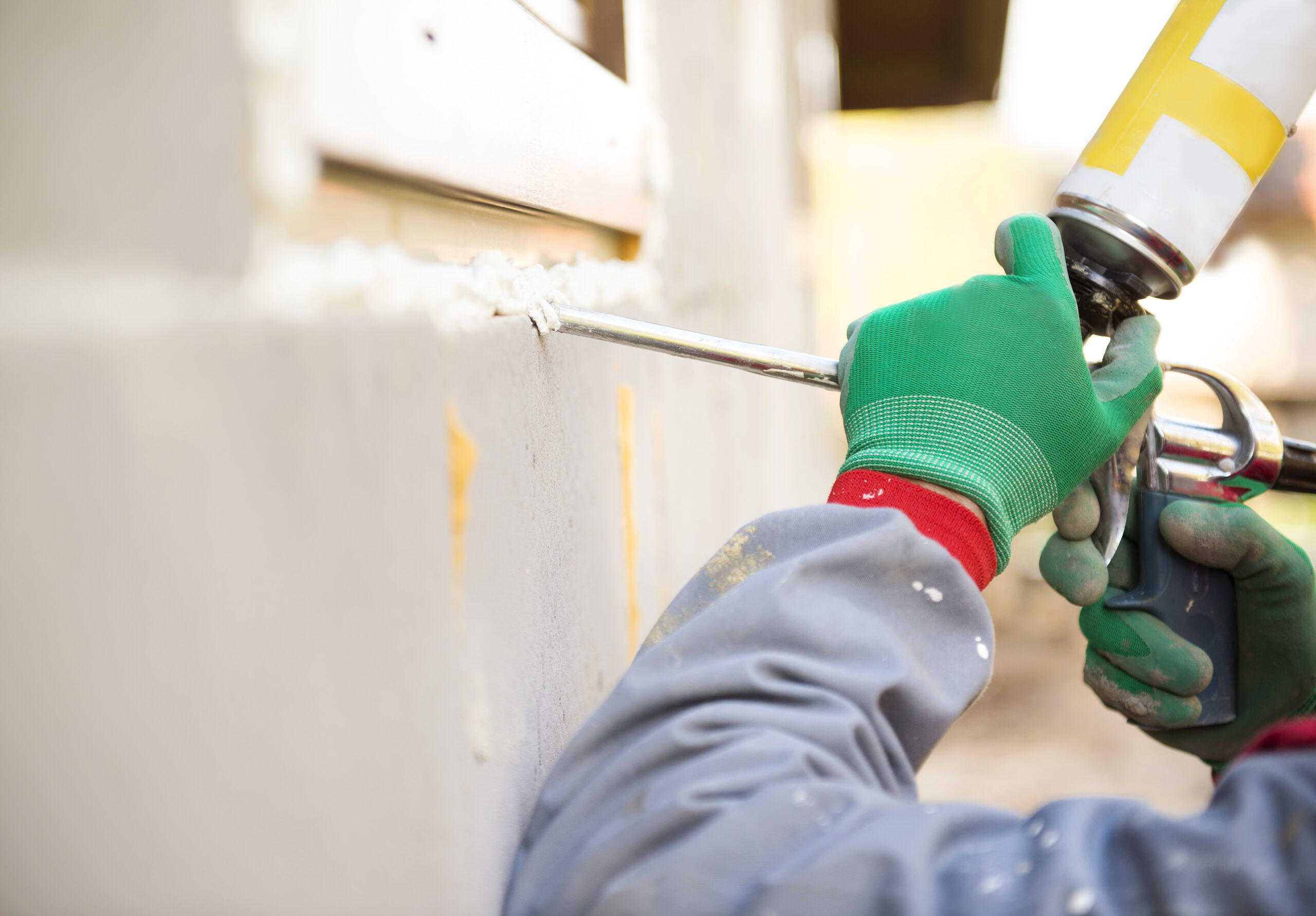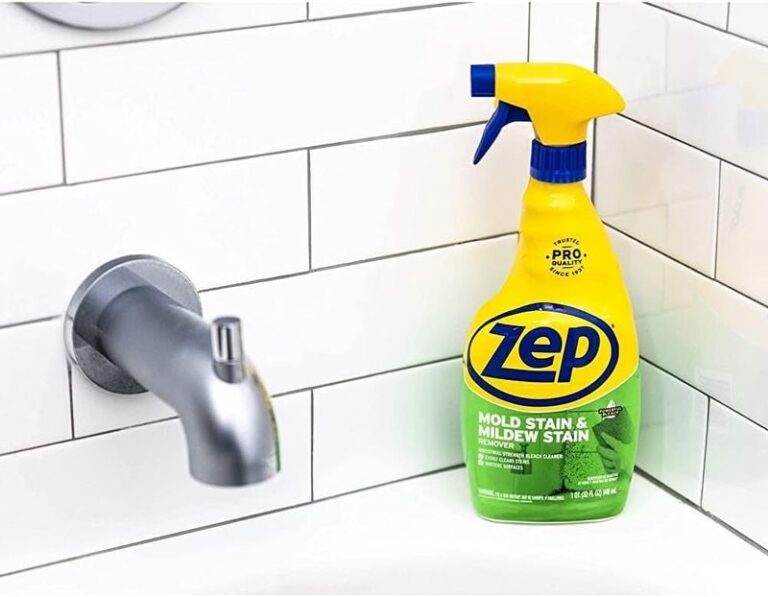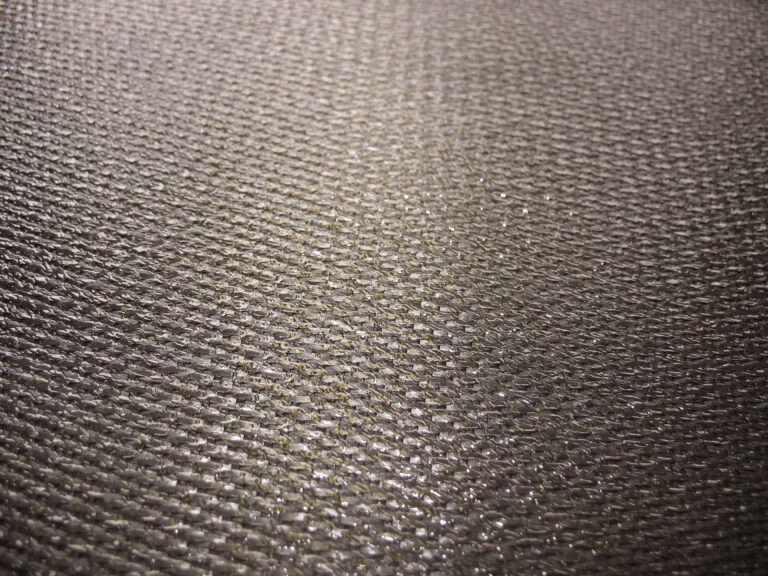How to Protect Your Family from the Harmful Effects of Mold: Simple Steps for Keeping Your Home Safe
Mold is a common problem in many homes, and it can have serious health effects on your family. Exposure to mold can cause respiratory problems, allergies, asthma, and even more severe health issues like fungal infections or cancer. In this blog post, we will discuss how you can protect your family from the harmful effects of mold by identifying its signs, symptoms, dangers, removal methods, prevention techniques, and conclusion.

Introduction to Mold and Its Health Effects
Molds are types of fungi that grow in moist environments with poor ventilation. They thrive in areas where there is water damage, high humidity, or leaks. When mold spores enter your body through breathing or ingestion, they can trigger an immune response that leads to inflammation and other health complications. Symptoms of mold exposure include coughing, sneezing, runny nose, eye irritation, headaches, fatigue, skin rashes, and difficulty breathing. Long-term exposure to mold can lead to chronic health conditions such as bronchitis, pneumonia, sinusitis, and lung disease.
Signs of Mold Exposure and Associated Symptoms
The most obvious sign of mold growth is visible patches or stains on walls, ceilings, floors, or furniture. However, not all mold is visible, and it may be hidden behind walls, under carpets, or inside air ducts. Musty odors, dampness, and condensation are also indicators of potential mold growth. If you suspect mold in your home, you should look for signs of water damage, leaky pipes, or roof leaks.
Associated symptoms of mold exposure include respiratory problems, allergies, asthma, and skin rashes. Infants, children, elderly people, and individuals with weakened immune systems are at higher risk of developing severe health complications due to mold exposure.
The Dangers of Long-Term Exposure to Mold
Long-term exposure to mold can lead to chronic health conditions such as bronchitis, pneumonia, sinusitis, and lung disease. It can also cause neurological disorders, cardiovascular diseases, and even cancer. The danger level depends on the type of mold, duration of exposure, and individual sensitivity. Some molds produce mycotoxins, which are highly toxic substances that can affect multiple organs in the body. Prolonged exposure to these toxins can result in liver damage, kidney failure, central nervous system disruption, and even death.
How to Identify and Remove Mold in Your Home
To identify mold in your home, you need to conduct a thorough inspection. Look for visible signs of mold growth, musty smells, dampness, and condensation. Check areas prone to water damage such as bathrooms, kitchens, basements, and attics. Use a flashlight to inspect hard-to-reach places like crawl spaces and wall cavities. Once you have identified the source of mold, you need to remove it safely. Wear personal protective equipment (PPE) such as gloves, masks, and goggles to avoid contact with mold spores. Use a mixture of bleach and water to clean moldy surfaces, and let them dry completely before painting or repainting. Throw away any items that cannot be salvaged such as carpeting, upholstery, or paper products.
Preventing Mold Growth in Your Home
The best way to prevent mold growth is to control moisture levels in your home. Fix any leaks or water damages promptly, use exhaust fans in bathrooms and kitchens, and maintain good ventilation throughout the house. Clean up spills and drips immediately, and keep indoor humidity below 60%. Consider using a dehumidifier if necessary. Also, make sure your HVAC system is regularly maintained and filters are changed frequently. Finally, educate yourself and your family about the risks associated with mold exposure and take appropriate precautions to minimize your chances of getting sick.
Conclusion: Protecting Your Family from the Harmful Effects of Mold
In summary, mold can pose significant health hazards to your family. By identifying its signs, symptoms, dangers, removal methods, prevention techniques, and taking simple steps to keep your home safe, you can protect your loved ones from the harmful effects of mold.




